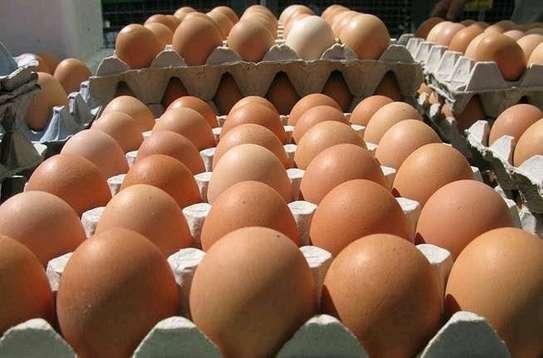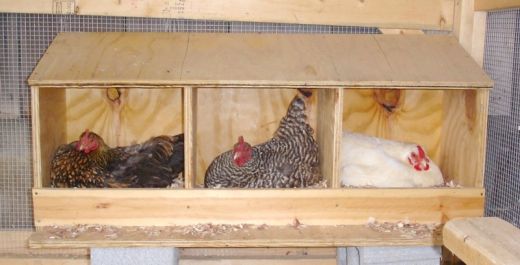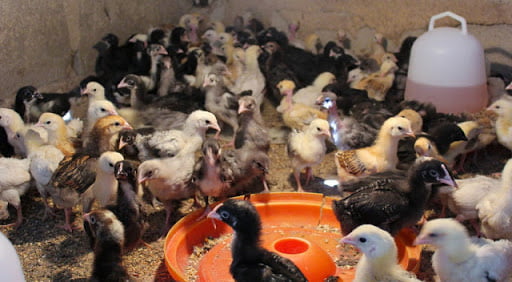There are many complaints from farmers to egg sellers about the eggs not being produced at the expected level.
Learn the main reasons for eggs not being produced.
The egg is not fertilized, if the hen lays an egg without being fertilized by a rooster, it is 100% certain that the egg will not be fertilized.
Solution: Place the roosters in this recommended ratio of 8-10 hens per rooster and make sure the rooster is climbing the hens.
Hair line cracks (cracks invisible to the naked eye in the egg)
Chickens usually lay eggs with hard shells, so if the eggs collide too much while the hens are laying, they may not crack but will develop internal cracks that you will only see if you are experienced at sorting eggs or by shining a flashlight in the dark.
Causes of these invisible cracks
Having a small number of nests in proportion to the number of chickens; it is recommended that one nest accommodate 4-5 chickens.
Do not put straw or rice bran in the nest when the hen lays eggs, otherwise the egg will hit the floor, metal or wood and cause cracks.
Solution: Place rice bran or rice husks in the chicken coop and change them every two weeks.
Delaying egg collection and having more than 4 eggs in one nest creates an opening for the eggs to collide and cause internal cracks.
Solution I advise anyone, whether a large or small farmer, to set a schedule for collecting eggs, for example
Round 1: 1:30 AM,
Round 2: 3:30 AM
Round 3: 4:30 AM
Round 4: 5:45 PM then go eat
Round 5: 8:00 PM
Round 6: 10:30 PM
Then you will no longer hear the cracks or they will be reduced by a large percentage in the field.
When transporting eggs,
make sure the eggs are arranged on a tray and placed in a sturdy box to prevent looseness that could cause the eggs to collide.

The problem with machines that do not produce, here pay close attention to
Temperature (heat)
and Humidity (humidity).
They depend on the machine you are using, refer to the manual guide (guide for using the machine).
Eggs need to sit for a long time from the day they are laid until they are placed in the machine.
Professionally, eggs placed in the machine are advised to stay in a special cold room *(Cold room with a temperature of 16-20°c for a period not exceeding 7 days and then placed in the machine)
However, since many farmers do not have this special room to store eggs at the right temperature, it has been advised that eggs should not be kept in the machine for more than 4 days, for one main reason.
Fertilized eggs (containing seeds) when exposed to heat begin to develop into chicks. If the egg remains in the incubator for a long time before being placed in the machine, if you put it in a high temperature incubator, it happens that the chick that has begun to develop will die early *(early death)*. Pay close attention to this.
Eggs are turned when placed in the machine (this does not prevent hatching but causes many chick deaths before hatching)
Solution: Make sure the sharp end is facing down and the blunt end is facing up (the air sac is at the top) to help the chick get air into the egg.
THIS LESSON IS SPECIAL FOR
#farmers who sell non-hatching eggs
#chick breeders
NB: Breeders, ensure that you place clean eggs in the machine to avoid the accumulation of bacteria that can lead to infection in the chicks you sell.
After hatching, make sure you thoroughly clean your environment with strong disinfectants like
VIROCID to kill a large percentage of parasites.
……………………………………….





